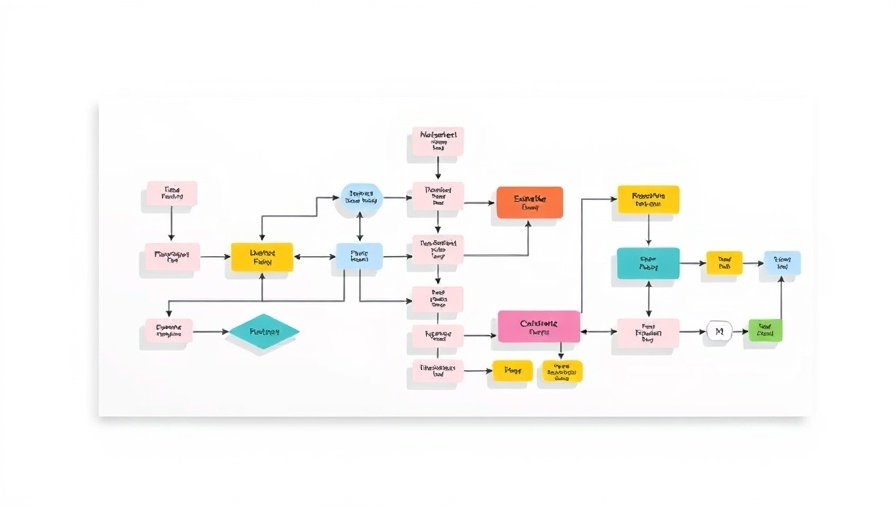
Understanding AI's Role in Today's World
Artificial intelligence (AI) is not just a technological trend—it's an essential component of our daily lives. From managing schedules to offering personalized recommendations, AI systems influence nearly every aspect of our routines. However, for university graduates entering the workforce, understanding how to engage with AI responsibly is becoming increasingly critical.
The Need for Formal AI Education in Universities
Despite the pervasive use of AI, many university students lack proper training on using these tools ethically and critically. In Australia, only a few programs within STEM fields offer formal instruction regarding AI, leaving a significant gap in the education of future professionals. Universities must prepare students not only to use technology effectively but also to understand its implications in the real world.
Ethical Considerations: Why They Matter
As AI becomes integrated into various professions, awareness of ethical concerns is paramount. For instance, when legal professionals rely on AI for drafting documents, they must recognize potential biases stemming from the underlying datasets. Business graduates using AI in hiring practices must understand the risks of discriminatory outcomes. Graduates need tools to assess and mitigate these biases to prevent harmful consequences.
The Impact of AI on Future Careers
In sectors like healthcare, AI aids in diagnosis and treatment planning, but its application can cause misdiagnoses or privacy breaches if not handled correctly. Understanding the limitations of AI systems and incorporating human judgment into decision-making is vital for ensuring ethical standards are maintained. Graduates are tasked with navigating a landscape where the stakes are high, and the consequences of AI missteps could lead to significant societal harm.
Incorporating AI Ethics into Curriculum
To remedy the lack of AI ethics in education, universities should embed these topics within core curricula across all disciplines, not just within STEM degrees. Philosophical inquiries into technology's ethical dimensions can help students navigate future complexities in their fields. This knowledge will empower graduates to question AI's applications critically and understand the broader social implications of their decisions.
Actionable Steps for Universities and Students
Given that AI tools can drastically affect outcomes in various fields, it's crucial that universities create robust programs that include AI ethics and usage guidelines. Students should participate in workshops, internships, and discussions focused on responsible AI use. Additionally, they can research the ethical limitations of current AI applications, preparing them to confront real-world challenges head-on.
As AI technology evolves, so should our approach to its implementation. Educating university students about the ethical dimensions of AI will not only enhance their professional aptitude but also contribute to building a more equitable future. The importance of responsible AI use cannot be overstated; graduates equipped with these insights can significantly shape a more just and transparent society.
 Add Row
Add Row  Add
Add 




Write A Comment